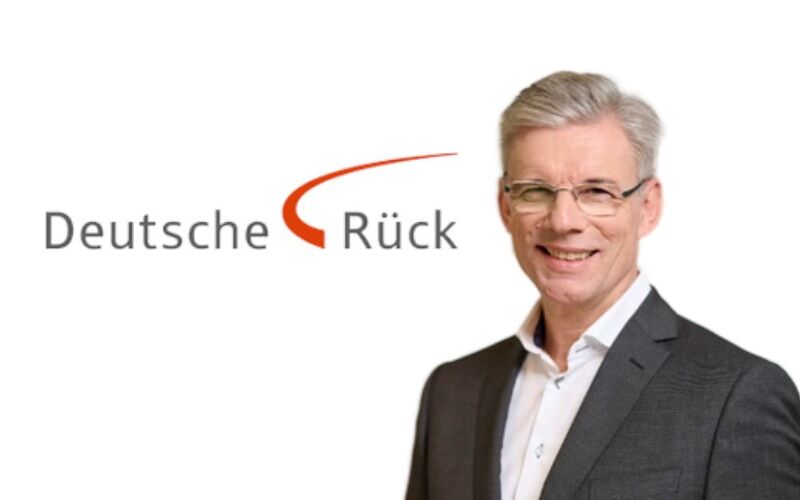A movie about Tourette’s syndrome called “I Swear” usually elicits a small chuckle and “good title” from someone hearing about the film, which premieres in Toronto. And that’s the reaction director and writer Kirk Jones (“Waking Ned Devine”) wants to dispel — using humor and heart to educate audiences about Tourette’s through this real-life story of John Davidson.
The crowd-pleaser bows Sept. 7 at the Toronto Intl. Film Festival. Bankside is repping international sales on the film; Studio Canal distributes in the U.K. while Blue Fox Entertainment distribs in Canada.
Robert Aramayo (“The Lord of the Rings: The Rings of Power”) stars as Davidson, who as a young teen in the early 1980s was diagnosed with Tourette’s at a time when it wasn’t understood. Davidson struggled but in adulthood found an advocate in his friend’s mother Dottie (Maxine Peake) and under the mentorship of Tommy (Peter Mullan), who saw through the uncontrollable ticks and swearing and gave him a job. (Aramayo remarks that it was a dream to work with those performers. “And for me, it was, it was just a dream as well. I think that they were all first choices. And you know, that doesn’t always happen,” says Jones).
Davidson not only learned to advocate for himself, he advocated for all with Tourette’s leading outreach and education campaigns through the U.K. In 2019, he accepted an MBE from Queen Elizabeth II.
But while the film will draw tears, it’s hardly a cup of treacle. “We spoke a lot about tone,” says Aramayo, noting that the whole film “could live inside the opening scene.” That shows Davidson freaking out about meeting the queen in order to accept his MBE, finding his inner strength with the help of Dottie to entering the grand hall with a vulgar outburst and charmingly apologizing. “There’s a different kind of energy in that scene with the queen — there’s fun in the film,” he says.
Both Jones and Aramayo were drawn to the material to shed a light on Tourette’s — Jones proudly points out that out of 90 cast members, 30 have Tourette’s.
“I think now actually, especially with artists like Lewis Capaldi, there are people in the spotlight who have Tourette’s, who are quite happy to speak about Tourette’s, who are open about Tourette’s,” says Jones.
“Most people have perhaps the wrong understanding of the condition. For both Rob and I, it was a really steep learning curve.”
Jones spent a lot of time with Davidson, “From a dramatic point of view, from an emotional point of view, from a comedic point of view, I was really drawn to this idea of someone being out of control of what they said, and John, is a really lovely, kind, gentle spirit, but what has come out of his mouth over the years has been violent and aggressive and led to him being beaten up and just in general, causing huge, huge upset. So I just thought it was fascinating, and I was amazed it hadn’t really been dealt with before,” says Jones.
Aramayo says his research was both broad and deep, and spending a lot of time with Davidson as well as people with Tourette’s really allowed him to unlock his portrayal.
“I had this philosophy that I could try and find the John inside of myself. I didn’t want to come from a from a perspective of impersonation, or anything like that,” he says. “And I read lots of books, all about triggers and, like, just really tried to understand and get underneath what ticks are and what Tourette’s is.”
Asked about his incredible physicality in the role, he credits his movement coach. But a kay wans’t so much the tics, it was “literally just the amount of space that John takes up in a room. You know, how he moves around the room. And the robustness to John and things like that was really important to get right,” he says.
“Just to play John himself is not an easy endeavor,” he continues. “I’ve never really been in that energy with a character before!”
Robert Aramayo and Peter Mullan in “I Swear”/ Graeme Hunter
Graeme Hunter Pictures














